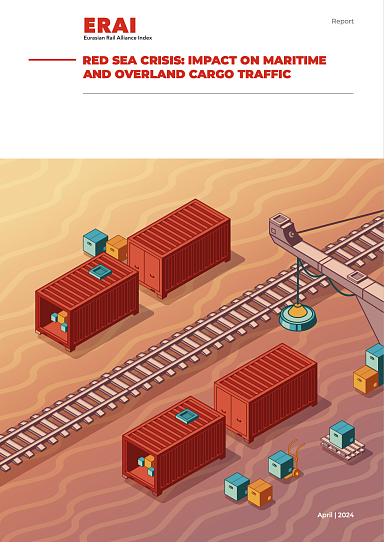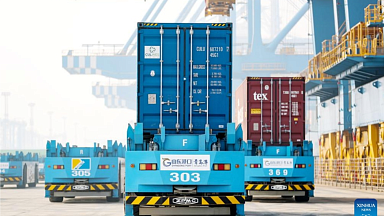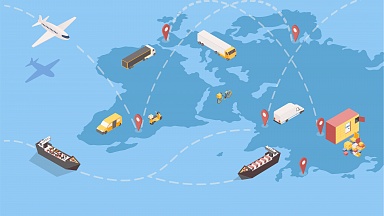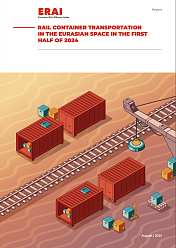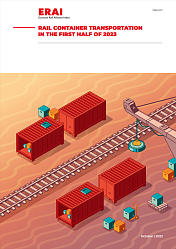For the global logistics, the year 2024 started out with a crisis that has disrupted one of the world’s busiest maritime routes. In December 2023, the political situation in the Middle East escalated, which led to shelling attacks on merchant ships in the Bab-el-Mandeb Strait connecting the Red Sea and the Gulf of Aden. As a result, shippers had to look for alternative routes. The sea route across the Red Sea provides access to the Suez Canal, which is the shortest sea route between Europe and China. Bypassing the African continent around the Cape of Good Hope is an alternative to the Suez Canal. This route adds 14−15 days to the 28 days taken by the standard voyage across the Red Sea.
The costs of maritime container shipping between China and Europe in early 2024 were driven up primarily by the escalation in the Red Sea. Forced redirection of the containerised cargo traffic to the route around Africa has significantly increased the shipping costs. In addition, higher maritime rates were to some extent pushed even higher in January 2024 by the traditionally high season in the run-up to the Chinese New Year. Drewry World Container Index (WCI) shows peak shipping costs for a 40-foot container in China — Europe — China traffic reaching $3,964 per FEU in January 2024.
The Shanghai Containerised Freight Index (SCFI) for spot maritime cargo shipping rates from China to 13 destinations is updated daily and clearly shows the ongoing maritime cargo traffic crisis. After the index peaked out, it started trending down and reached $1,773 per TEU in mid-March 2024. The calculations show that rates fall by about 4 percent weekly on average. This number can be used to forecast that in an optimistic Red Sea scenario the rates will fall to the December levels in 12 to 13 weeks.
Costly air transport and time-consuming maritime cargo traffic between Europe and China have catalysed the development of an overland rail bridge in Eurasia.
The 2020 pandemic had a significant impact on the China — Europe — China cargo industry. However, amid stagnating air and maritime cargo traffic, rail transport stood out as an industry that is less susceptible to the coronavirus restrictions, and is more reliable and predictable. The Red Sea crisis largely follows the 2020 trend.
Against the backdrop of instability in the Red Sea, shippers are considering alternative ways for transporting goods along the China — Europe — China route, which has boosted the demand for the Eurasian rail route via Kazakhstan, Russia and Belarus. A significant increase in the volume of cargo traffic along the China — Europe — China route is an indication that shippers have opted for railway cargo traffic.
The global transport logistics industry is constantly being challenged. Since 2020, the industry has been in a turbulence zone as it tried to adapt to newly arising challenges. After the pandemic, the geopolitics reformatted the orderly links and routes in 2022. The situation kept changing and no one was able to say what would come next since all modes of international transport were under attack. The Red Sea crisis posed a challenge for the maritime cargo traffic: will the maritime cargo market adapt to new circumstances, or will the Red Sea instability compel shippers to opt for rail? The specifics of building logistic chains for container cargo delivery along the China — Europe — China route can cause a certain competition between sea and rail modes of transport. The SWOT analysis is an effective tool for comparing them. (Download pdf)
